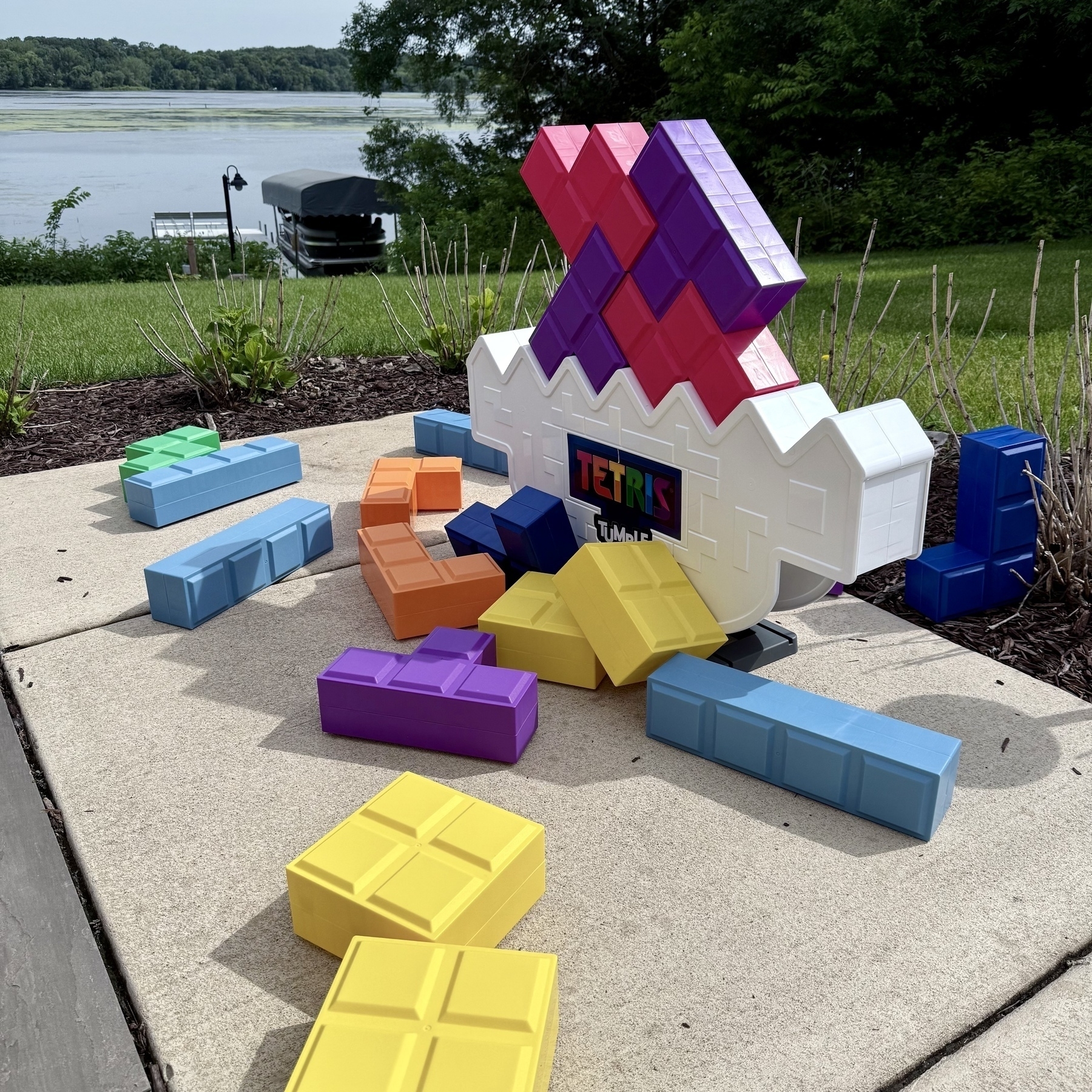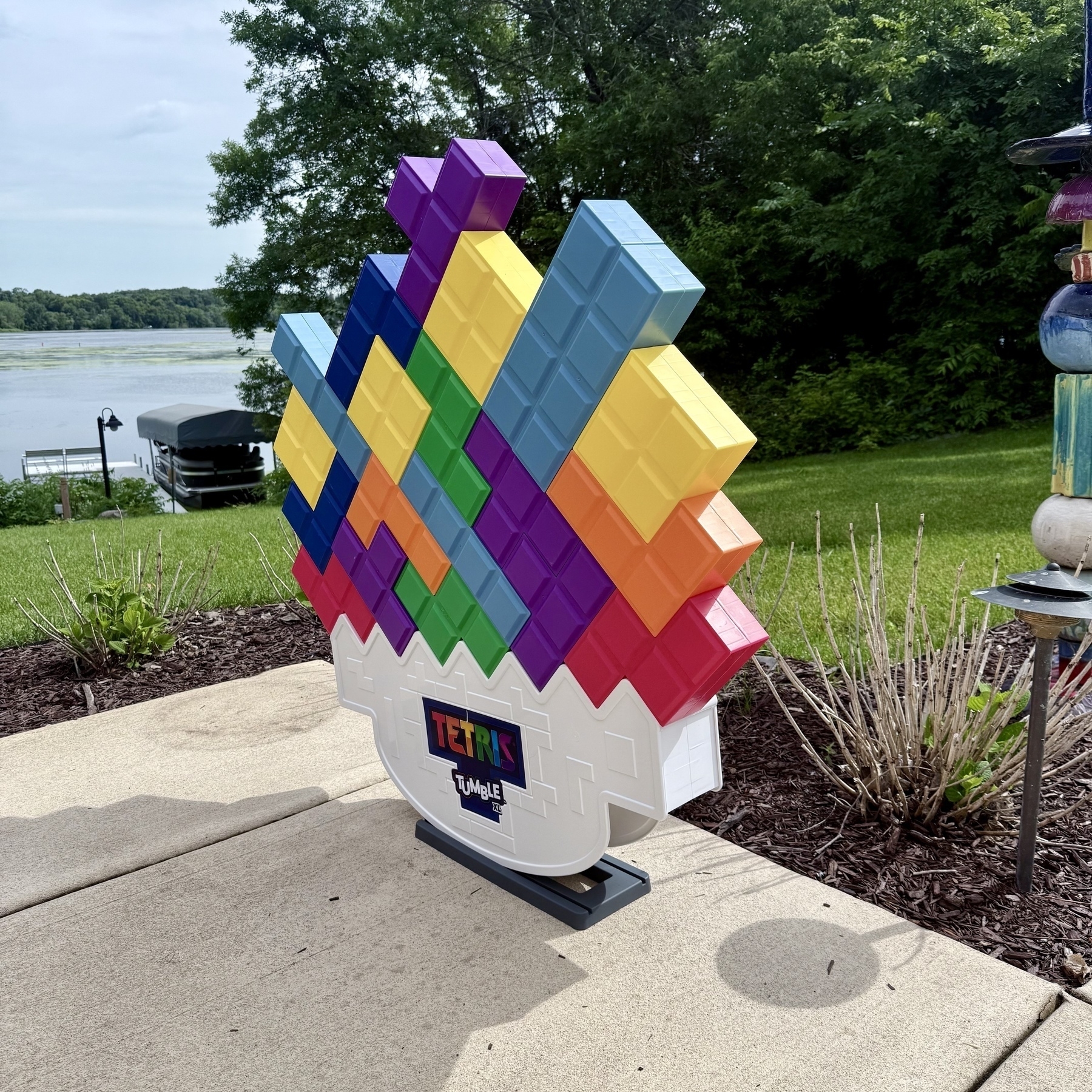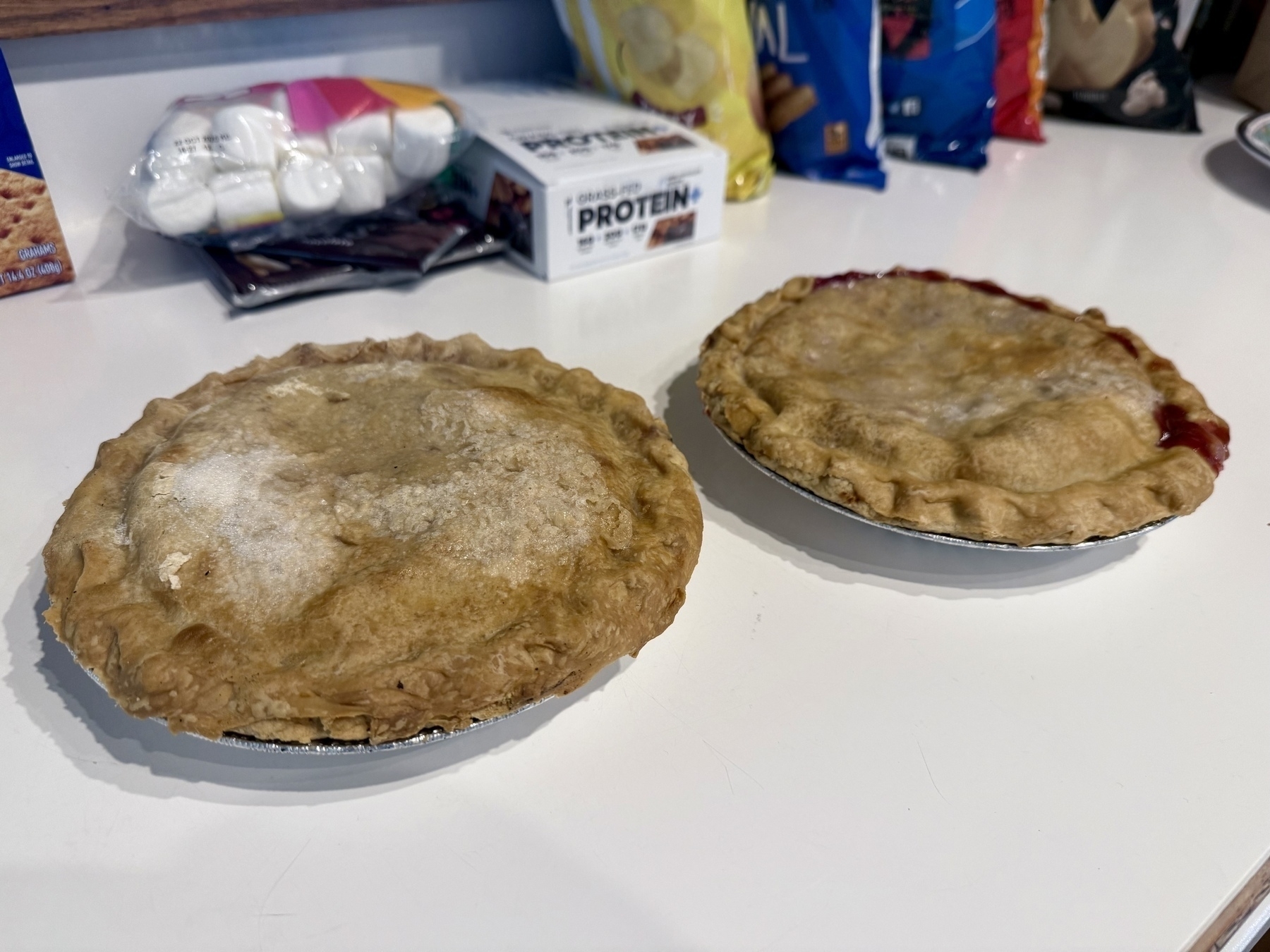Worked with OpenAI Codex this morning and redesigned the website for POAP2RSS. It gave a clean structure as requested that I could fill in and make better.
Happy 4th of July! 🇺🇸

I decided to declare POAP2RSS officially launched. It seemed fitting for Independence Day!
How do you celebrate creating a service to make POAP activity available in RSS? You make a POAP of course! Now drop — POAP2RSS Created! 💥
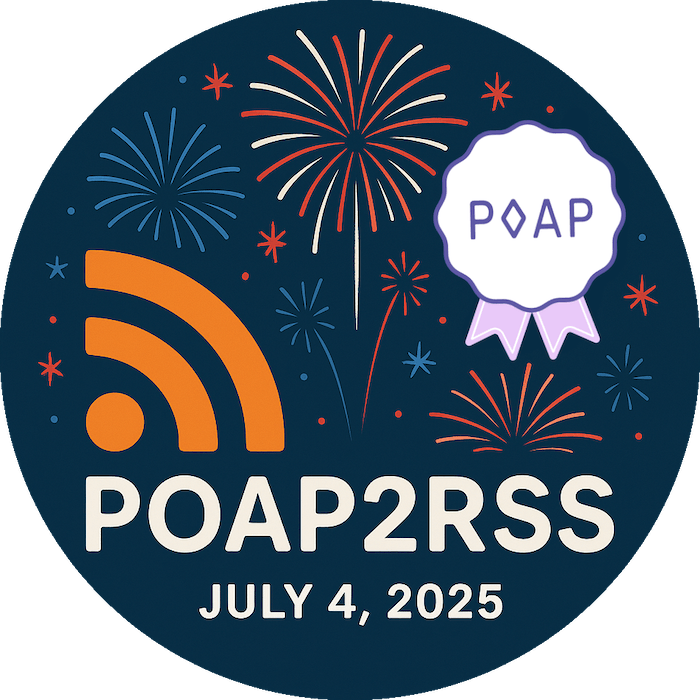
I cleaned up the RSS items that POAP2RSS outputs this morning. I decided to remove the titles on the items and add the POAP images which makes it great for adding to a micro.blog timeline. Now I can share my POAP claims automatically!
Collected POAP 7386503 for POAP2RSS Created.
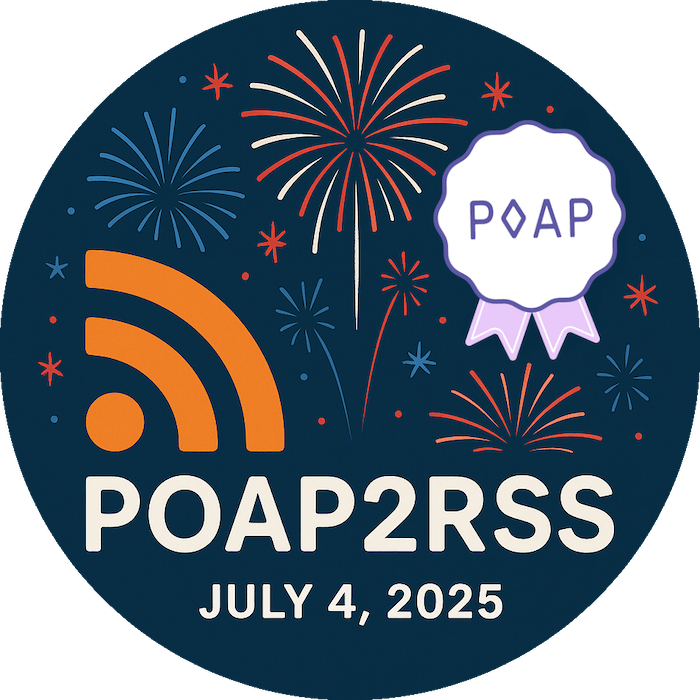
I’ve created my first project using AI to write nearly all of the code with me!
Introducing POAP2RSS!
For years I’ve wanted to get updates for POAP events and users in RSS. Now with the help of AI I’ve created it!
Still cleaning to do. Check out the code on Github.
Just used ENS Fairy for the first time to send halaas.eth to Erik Halaas of 612 Series fame! I’d been wanting to try ENS Fairy out and it worked amazing. Once he sets his reverse record the 612 POAP Challenge Leaderboard will reflect halaas.eth too.
I’ve supported the Electronic Frontier Foundation for over twenty years. I am excited to have this 35th anniversary coin, number 0061, as a keepsake. If only they did POAPs. 🤩
“Working to ensure that technology supports freedom, justice, and innovation for all people.”
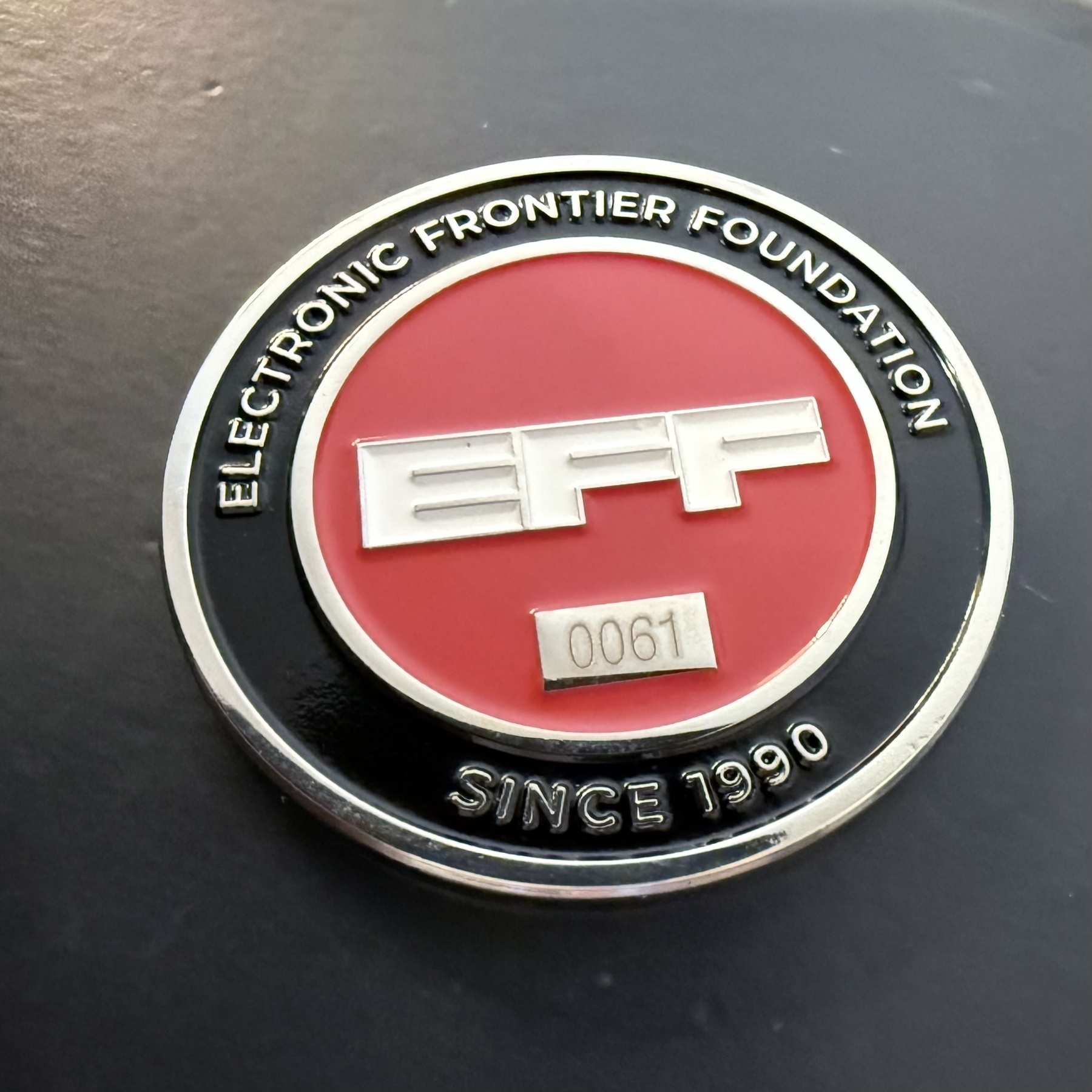

Four pork shoulders out of the Sous Vides and onto the Traeger for the finish smoke. 🔥🐖
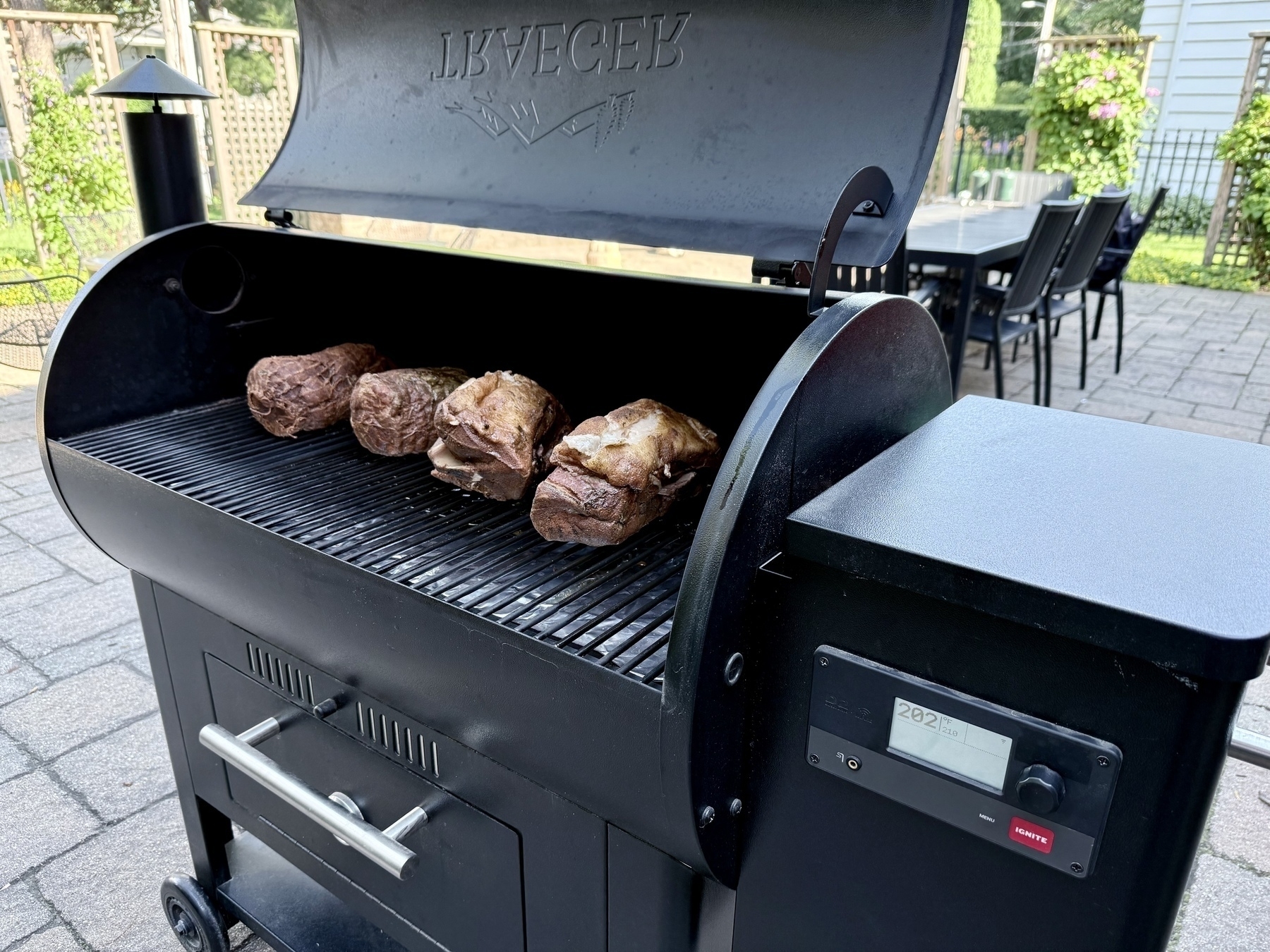
Four pork shoulders into the Sous Vides as preparation for the 4th of July officially starts! 💧🔥🐖

In 2023 I shared Archimedes’ famous line:
Give me a place to stand, and a lever long enough, and I will move the world.
At the time, I suggested the real “threat” to capitalism isn’t socialism or communism but is instead technology itself.
With AI, that lever just got a lot longer.
“My God, it’s full of stars!” – Dave Bowman’s final words as he entered the monolith
This is the feeling I keep having as I continue to dive deeper into Agentic AI.
Collected POAP 7379713 for Creating Community with POAP — MN Blockchain.
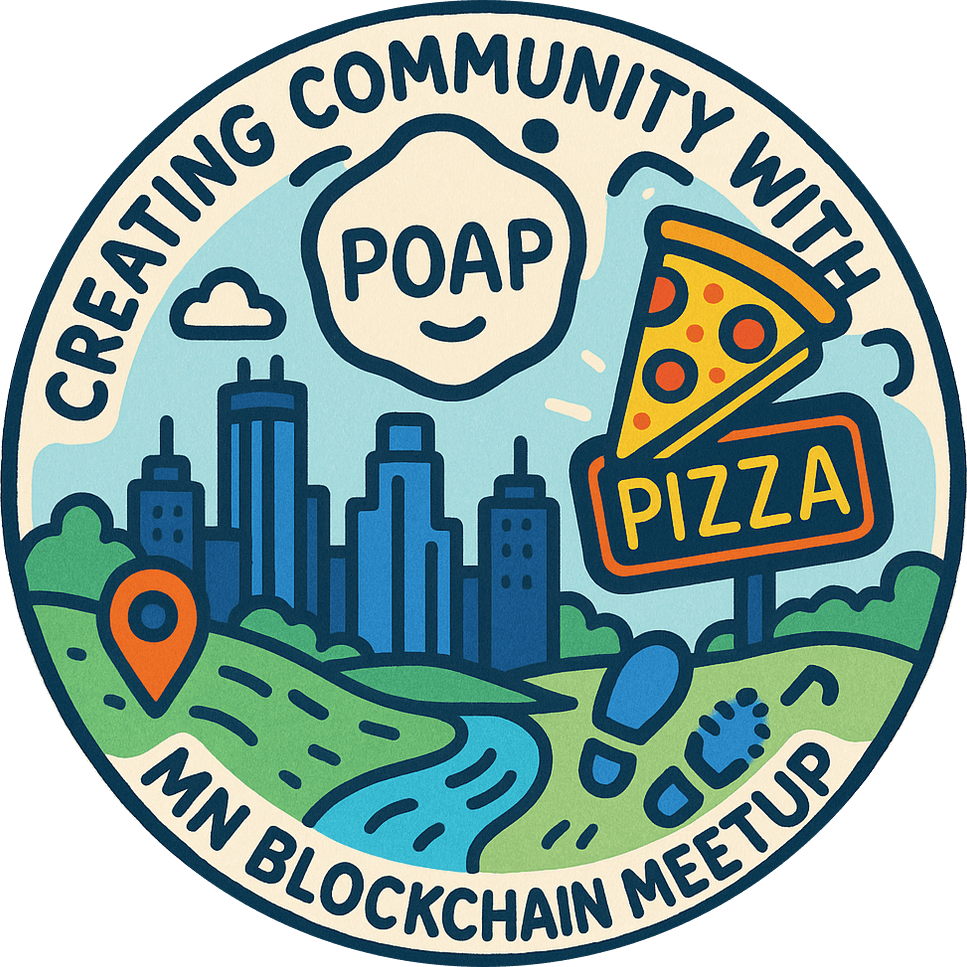
I added a new award to the 612 POAP Challenge — the Explorer! This token is given to players that are the first to mint a location in the event. I sent it to the 8 players that have been the first to claim 31 of the 33 locations. There are only two more chances to get this award!
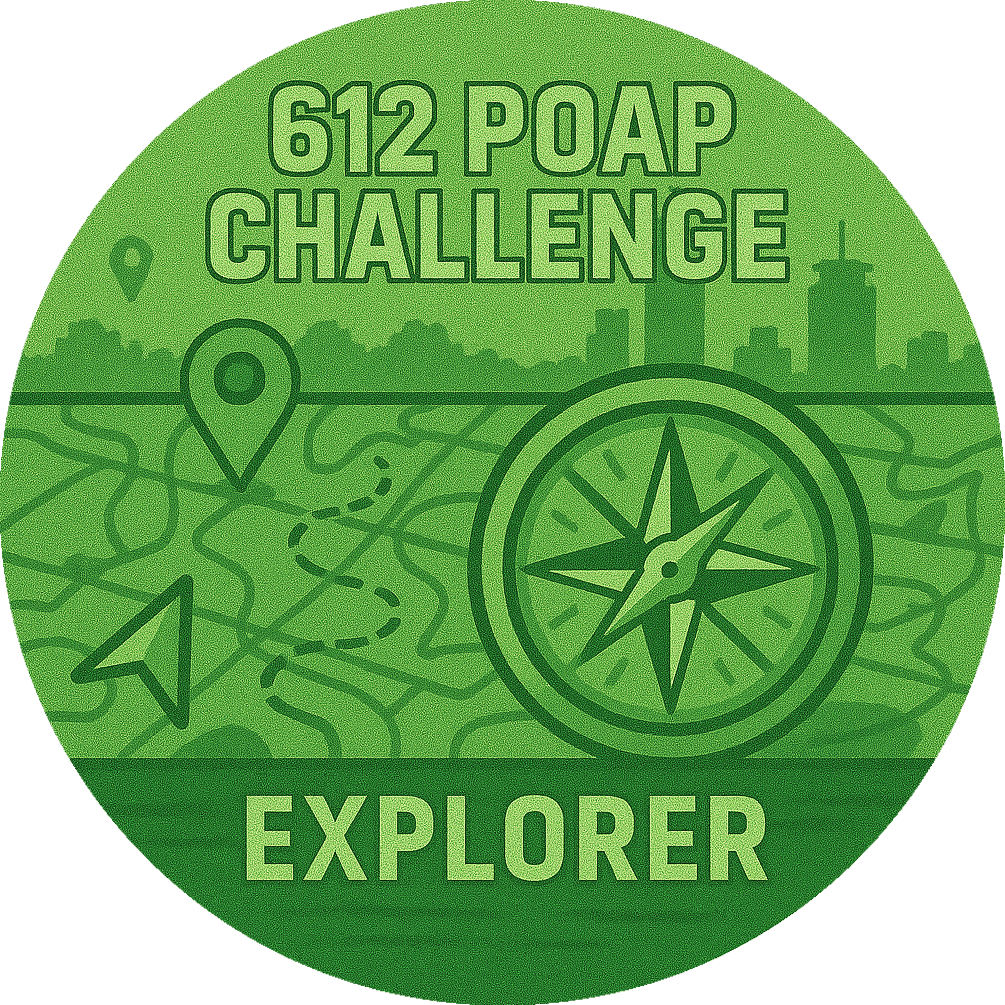
Collected POAP 7378481 for 612 POAP Challenge - Explorer.

Great day having fun around the pool. 💦

I love Tetris. This is a whole different take — Tetris Tumble XL.
